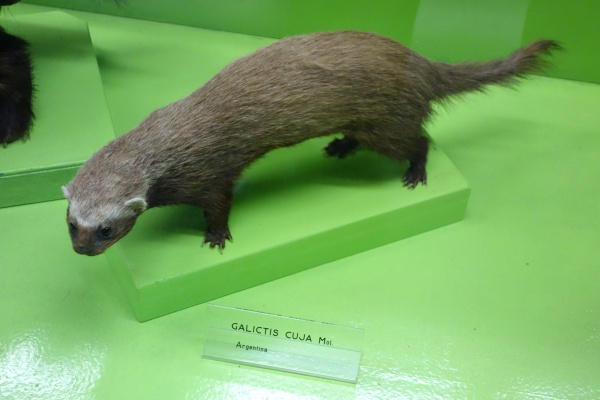Facts About Little Grison
The lesser grison is a fascinating mustelid species native to South America. These animals possess a sleek, slender body, short legs, and a bushy tail. They are smaller than their close relatives, the greater grisons, typically measuring 27 to 52 cm in body length, with a tail adding another 14 to 19 cm. They weigh between 1.2 to 2.4 kg, with females being slightly smaller and more slender than males. Their fur exhibits a grizzled greyish color, contrasted by a black or nearly black body and a distinctive pale buff-colored stripe running from the forehead to the shoulders.
Lesser grisons inhabit southern South America, thriving in various environments, including grasslands, forests, scrublands, and mountain meadows. They are also known to occupy agricultural land and pastures. There are four recognized subspecies of lesser grisons, each adapted to different regions in South America.
As carnivores, lesser grisons primarily hunt small to medium-sized rodents, rabbits, birds, frogs, lizards, and snakes. They are monogamous creatures, typically raising litters of two to five young. Lesser grisons are diurnal hunters, meaning they are active and hunt during the day. They can be either solitary or live in small family groups. Known for their ferocity, they often play with their prey before consuming it. As a defense mechanism, they possess anal scent glands that release a noxious chemical.
Regarding interactions with humans, lesser grisons can be tamed if raised from a young age and have historically been used for hunting wild chinchillas. On farms, they sometimes help control rodent populations but may also be hunted due to concerns about poultry predation. Additionally, they can act as reservoirs for diseases such as Chagas disease.
In some cultures, lesser grisons have been used in magical rituals, with evidence of sacrificial burials dating back to ancient times in South America. Unfortunately, they are also among the most common mammalian roadkill in Brazil.

 Bolivia
Bolivia